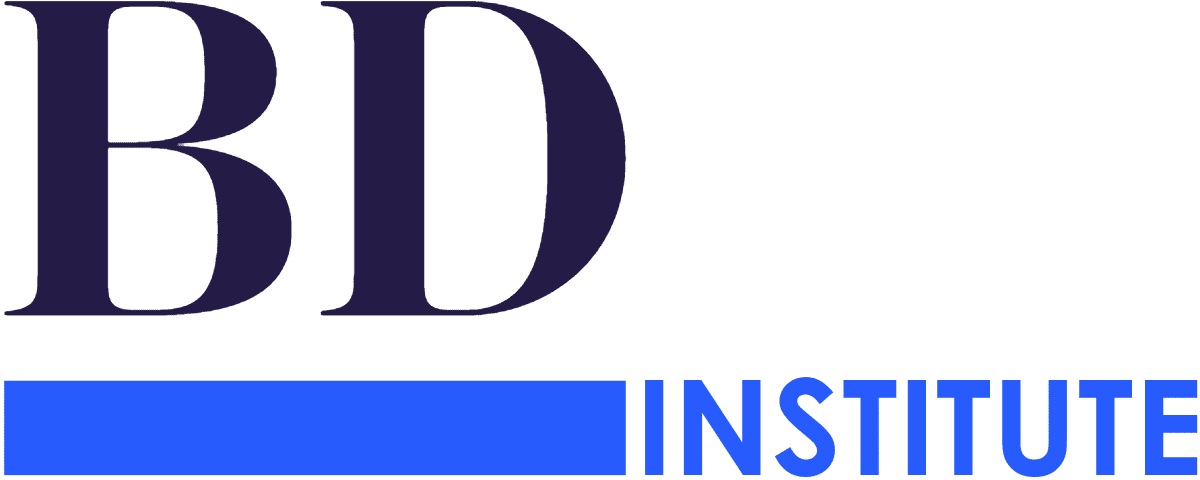Digital advertising has become an indispensable part of the modern marketing toolkit. With consumers spending more and more time online across devices, digital channels allow brands to reach and engage target audiences efficiently. Mastering the art of digital advertising is now crucial for business success. This article will explore the key types of digital ads, campaign creation strategies, and performance optimization tips to help you get the most out of your efforts.
Major Digital Advertising Channels
Several digital advertising formats exist today, each with their own strengths and best uses. Aligning your campaigns to the appropriate platforms can maximize visibility and conversions.
Search Engine Marketing
Search engine marketing (SEM) through Google Ads and Bing Ads essentially means purchasing ads on search engine results pages (SERPs). These Pay-Per-Click (PPC) ads allow you to target users based on the search terms they use. SEM ads are ideal when you want to get your brand in front of people who are actively researching or looking to purchase your products/services.
Social Media Marketing
Platforms like Facebook, Instagram, LinkedIn, and Twitter all offer powerful advertising capabilities through their detailed audience targeting and creative options. You can raise brand awareness, increase website traffic, or generate leads and sales through social media marketing. Places like Facebook and Instagram also provide analytics on campaign performance.
Display Advertising
Display ads include banner ads, video ads, and native ads that appear on third-party websites and apps. They help extend your reach to new audiences beyond just searchers and social media users. Display Network on Google Ads and the Facebook Audience Network allow easy distribution of display ads.
Email Marketing
Email newsletters and campaigns sent to subscriber lists nurtured over time can be highly effective. The open and click-through rates achievable via email exceed most other digital marketing channels. Use emails to engage customers, promote offers, and drive conversions through your website.
Video Advertising
Platforms like YouTube, Facebook Video, and even TikTok offer video ad formats ideal for brand storytelling and awareness. Short video ads can attract user attention easily and communicate your messaging creatively. Experts recommend all digital marketers test video ads for their campaigns.
Crafting Compelling Digital Ad Campaigns
The creative aspect is central to any successful digital advertising effort. You need to craft compelling messages, visuals, and calls-to-action that resonate with your target audience. Some key tips for creating converting ads include:
- Understand your audience – Conduct buyer persona research on your ideal customers’ pain points, motivations, and online behaviors. Align your messaging and creatives to their needs and interests.
- Convey clear benefits – Articulate the specific value your product or service provides for customers. Avoid generic claims and emphasize meaningful benefits.
- Use striking visuals – Images, logos, and videos that stand out get more user attention. Make your visuals reinforcing of your key messaging.
- Write magnetic headlines – Craft short, catchy headlines of under 30 characters that highlight your customer benefits. Aim to arouse interest and action.
- Add a strong call-to-action – Tell users clearly what to do next, such as “Shop Now”, “Start Free Trial”, or “Learn More”.
- Test different ad versions – Try different combinations of headlines, visuals, and descriptions to see what resonates most.
- Be mobile-friendly – With over 50% of traffic being mobile, ensure your ads display well on smaller screens.
An appealing ad with a relevant offer targeted to the right users can drive conversions cost-effectively. Continuously test and refine your campaigns based on performance.
Tracking and Optimizing Ad Performance
Digital advertising delivers the advantage of measurable results. Make use of the analytics tools available to track key metrics and optimize your campaigns for better outcomes.
Key Performance Indicators
Focus on metrics like these to gauge effectiveness:
- Impressions – How many times your ads were shown to users.
- Click-through rate (CTR) – Clicks divided by impressions, expressed as a percentage. Higher is better.
- Cost per click (CPC) – What you pay on average for each ad click. Lower is better.
- Conversion rate – Percentage of ad clicks or impressions that convert into goals.
- Return on ad spend (ROAS) – Revenue generated divided by total ad spend. Aim for ROAS of at least 2-3x.
Analytics Tools
Platforms like Google Ads, Facebook Ads Manager, and email services offer analytics on ad views, clicks, conversions, costs, and other data. Use them to track daily/weekly performance and optimize accordingly. Tag website pages to further attribute conversions. Also try third-party analytics like Google Analytics to track engagement.
Optimization Best Practices
Use the insights from your analytics to:
- Pause poorly performing ads – Stop wasting budget on underperforming headlines, keywords, placements etc.
- Increase budgets for winners – Scale up elements driving conversions cost-effectively.
- Refine targeting – Exclude irrelevant audiences and add any high-converting segments.
- Bid strategically – Adjust bids to balance volume and conversion costs.
- Test the funnel – Try promotions at different funnel stages, not just lower-funnel.
- Watch seasonality – Monitor performance fluctuations related to day, date, events etc.
With regular optimization based on data, you can achieve continual improvements in click-through rates, conversion rates, and return on ad spend.
Conclusion
Digital advertising encompasses a thriving ecosystem of channels, ad formats, and targeting capabilities. Following the strategies around platform selection, campaign creation, performance tracking, and optimization covered in this article will help you maximize success. Adaptability and skills acquisition are vital, given the fast-changing digital landscape. Take the time to continually learn emerging best practices and find the ideal advertising mix for your business goals. With consistent optimization, digital advertising can become a strategic driver of sustainable growth and profitability.




